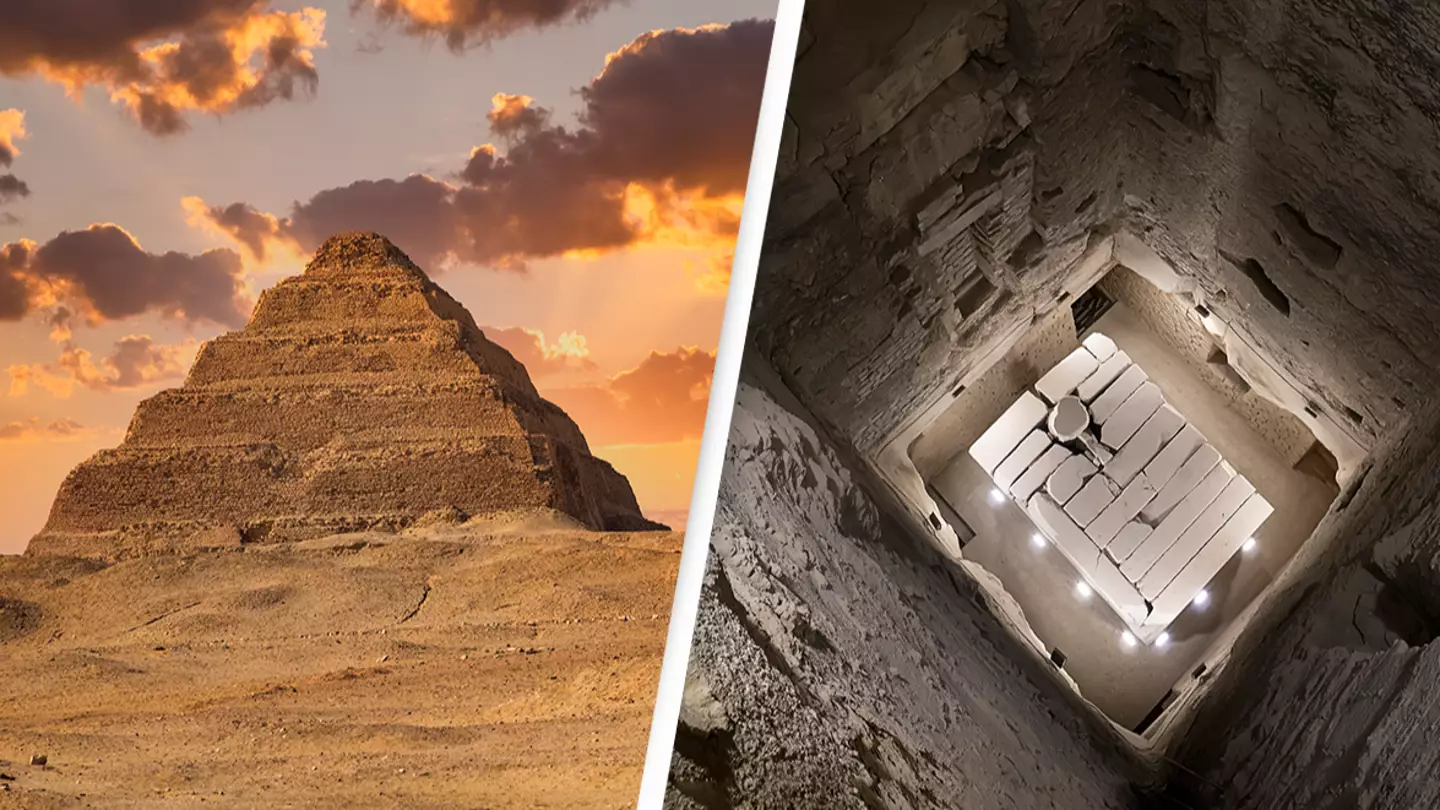Specialists believe the Egyptians might have received assistance from an unexpected source in constructing the pyramids.
An investigation into the methods used to build the pyramids thousands of years ago has yielded some surprising conclusions.

The pyramids are some of the most enigmatic and fascinating historical structures globally.
They were constructed to serve as the burial sites for Egypt’s ancient pharaohs, with the oldest pyramid dating back approximately 4,700 years.
Considerable effort has been devoted to decoding the construction techniques of the pyramids, and recent research adds another layer to our understanding.
The study, published in Plos One, suggests that the Step Pyramid of Djoser, which is around 4,500 years old, might have been built using a straightforward tool.
Located just outside Djoser’s capital, Memphis, the pyramid comprises six stone steps, and beneath it lies an extensive underground complex with about 400 rooms.
Researchers now propose that a water-powered hydraulic lift system might have been used in the pyramid’s construction.
Previously, it was assumed that ramps and levers were employed, but new findings indicate that Egyptians might have utilized nearby water sources to facilitate the building process.
“Ancient Egyptians are famous for their pioneering and mastery of hydraulics through canals for irrigation purposes and barges to transport huge stones,” the study authors noted.
“This work opens a new line of research: the use of hydraulic force to erect the massive structures built by Pharaohs.”
The research suggests that water could have been used to transport stones to the pyramid’s upper levels.

Evidence indicates that a water filtration and hydraulic system may have been employed at the Step Pyramid, likely constructed downstream from a watershed.
“The ‘Dry Moat’ surrounding the Djoser complex is likely to have been filled with water from the Upper Abusir Lake, making it suitable for navigation and material transportation,” the researchers wrote.
“We have uncovered a possible explanation for how the pyramids were built involving hydraulic force. The internal architecture of the Step Pyramid is consistent with a hydraulic elevation device never reported before.
“The current authors hypothesize that the ancient architects could have raised the stones from inside the pyramid, in a volcano fashion.
“The granite stone boxes at the bottom of the north and south shafts above the Step Pyramid, previously considered as two Djoser’s graves, have the technical signature of an inlet/outlet system for water flow.”

